Behavioral adaptations in animals are a result of evolution. Basically, they are changes to behavior as a species over time that help them survive. This article will discuss 12 examples of animals with behavioral adaptions, from the well-known bear to the often misunderstood earthworm.
1. Horses
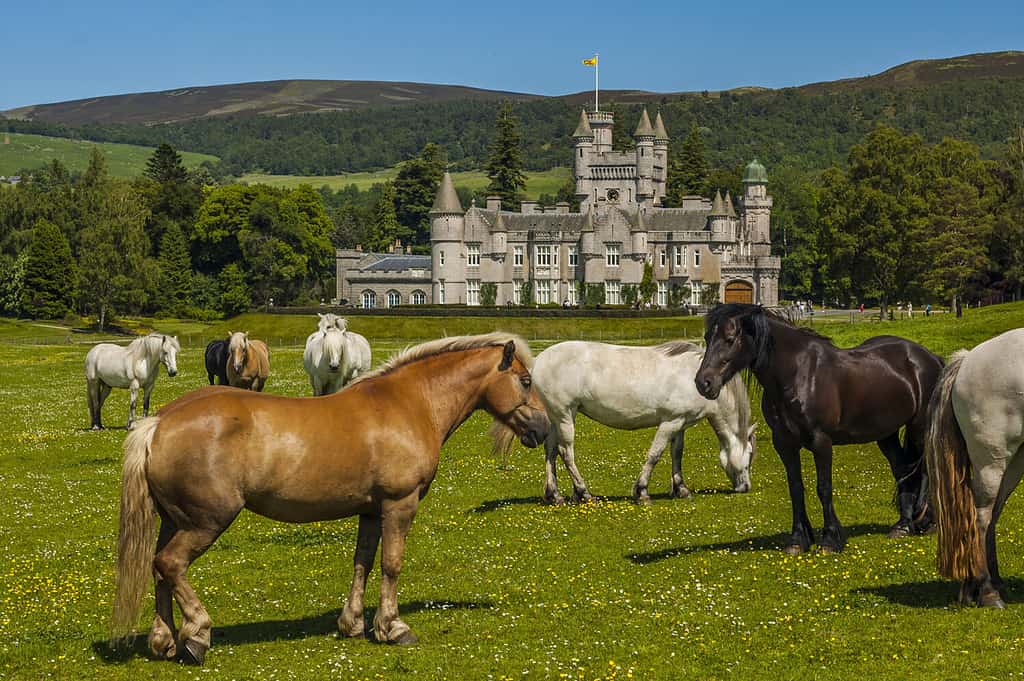
Safety in numbers! Horses have adapted well to living as part of a herd.
©Byunau Konstantin/Shutterstock.com
Horses are prey animals, but they are also social animals. They thrive living as part of a herd and benefit from the extra sets of eyes to watch out for looming predators around them.
Interestingly, horses have adapted to living in herds so well that they rotate between sleeping and standing guard. This behavior is seen in both wild and domesticated horses.
2. Bears

While bears do hibernate in the winter, this doesn’t mean they sleep the season away!
©Critterbiz/Shutterstock.com
You probably know that bears hibernate during winter. But do you know what happens during hibernation?
When bears hibernate, their heart rate and body temperature lower in order to conserve energy. However, the myth that bears are sleeping during hibernation isn’t true! They don’t move around a lot, and they also don’t eat, but they aren’t sleeping the entire time.
Instead, they are slowing their metabolism for energy conservation. Bears are unique because they can last for almost 100 days, more than any other animal, without anything going in one end (or coming out the other).
So how do bears stay alive during hibernation? Ideally, they store enough fat in their body over the summer so they can survive the longest, coldest months of the year. This behavioral adaptation is helpful when food is scarce in the winter.
3. Monarch Butterflies

Monarch butterflies have adapted to fly south for the winter and return north when it warms up.
©Dotted Yeti/Shutterstock.com
Monarch butterflies migrate south in the fall, just like birds do, to escape the cold weather up north.
It’s important to know that the monarch is the only type of butterfly known to do this two-way migration. Other species of butterflies hibernate during the winter just like bears.
Another behavioral adaptation for this animal is their vision. A monarch butterfly can see colors, direction, and movement, so they adapted to be active during the day rather than at night when they are at a disadvantage.
4. Penguins
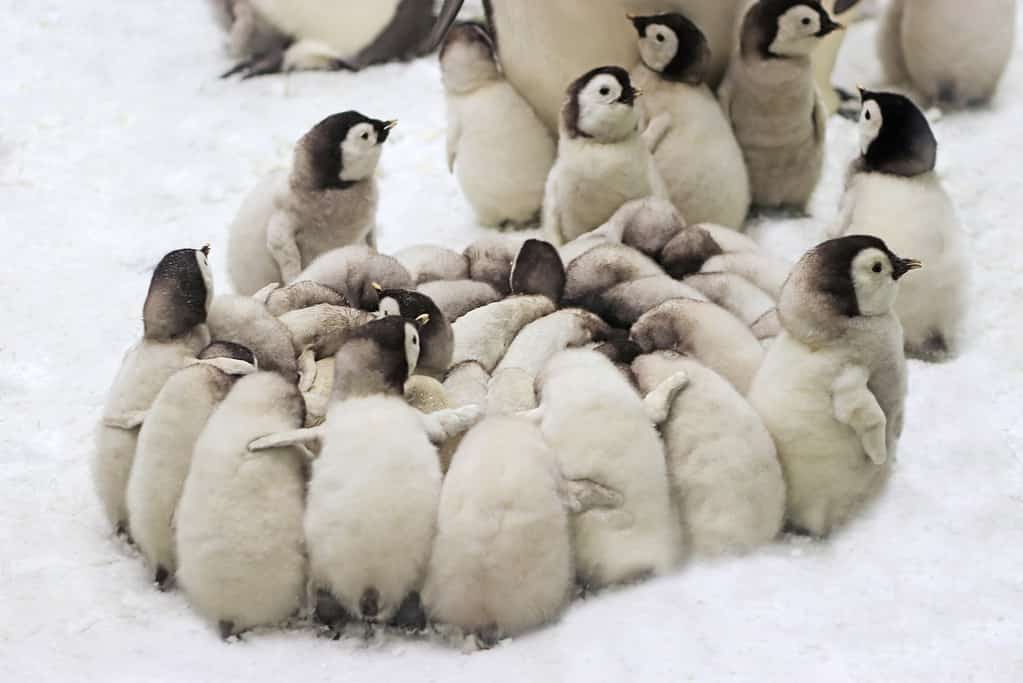
Group of
emperor penguin
chicks gathering against the cold and the frosty wind.
©iStock.com/Gabriele Grassl
You can only find penguins in the Southern Hemisphere. That’s because they are suited to live in cold weather climates like Antarctica. But arctic weather is especially harsh, so penguins adapted to huddle together in large groups during breeding season. This allows them to stay warm and shield themselves from the biting wind — they even rotate so every penguin spends time in the middle!
Penguins also adapted to take on altered caretaker roles. Males keep the eggs warm for up to 2 months while the females trek in groups for miles in search of food at sea.
5. Bats
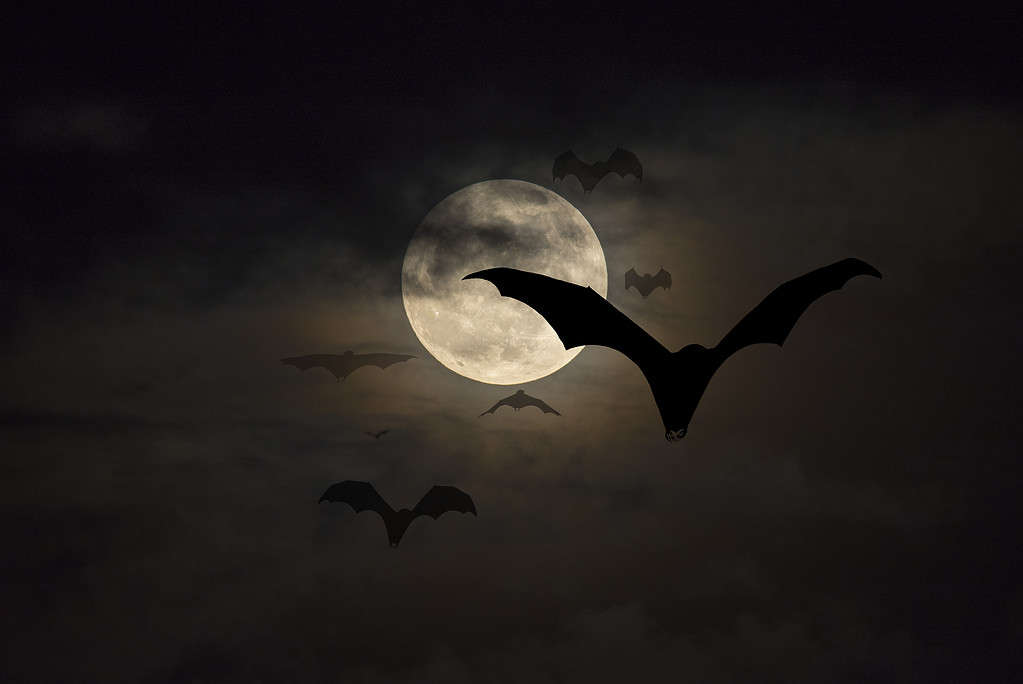
Bats hunt at night because they have adapted to be nocturnal.
©BirdHunter591/iStock via Getty Images
Bats exhibit interesting behavioral adaptations like echolocation and being nocturnal.
Being nocturnal means they are awake at night, which allows them to hunt freely while predators are asleep. They leave their daytime hiding spots to hunt, using echolocation — a method to determine the position, distance, size, shape, and texture of objects using sound — to find their meals.
6. Whales
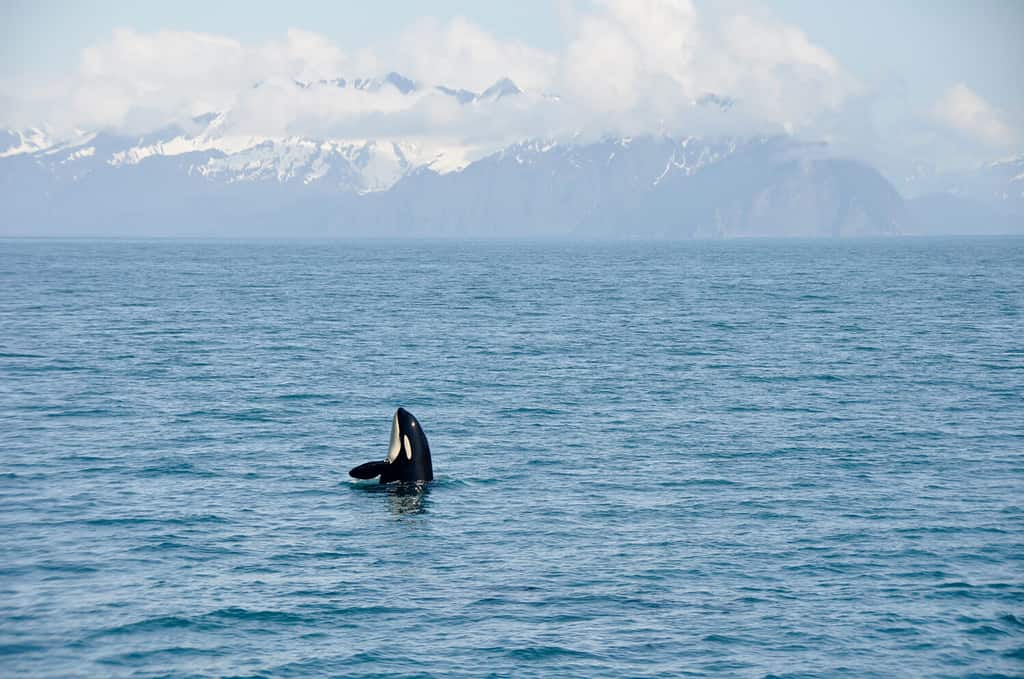
Whales’ feeding habits are shifting due to climate change.
©Alberto Loyo/Shutterstock.com
When climate change occurs, it has the potential to affect animals’ habits and behaviors.
For example, whales are now displaying altered feeding habits because of their changing habitat. You can more often find them in the center of fjords rather than glacier fronts. Their range of movement is also expanding, changing their eating habits as they discover new species of fish up north.
7. Beavers
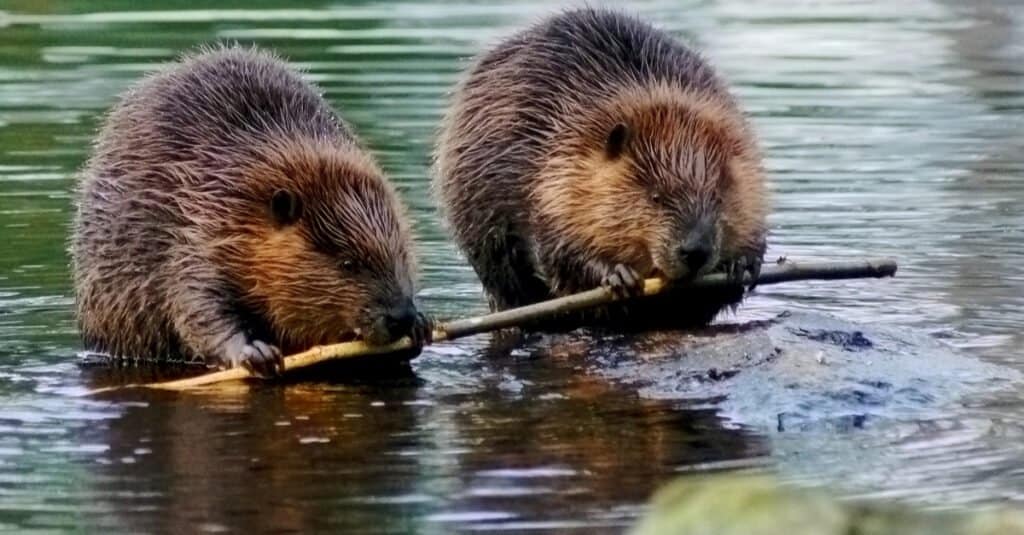
Beavers are social animals that live in “colonies” of 4-8 beavers.
©P Harstela/Shutterstock.com
You might know beavers for their dam-building abilities, which are both cool to watch being built and practical for protecting them from predators. However, that’s not the only thing they do that keeps them safe from predators.
Beavers are incredibly social animals, with an average colony containing 4-8 beavers. But they are also prey animals. Because of this, they adapted to slapping their tails against the water to warn each other about predators like humans or wolves. These animals’ behavioral adaptations help keep them and their colony safe.
8. Earthworms
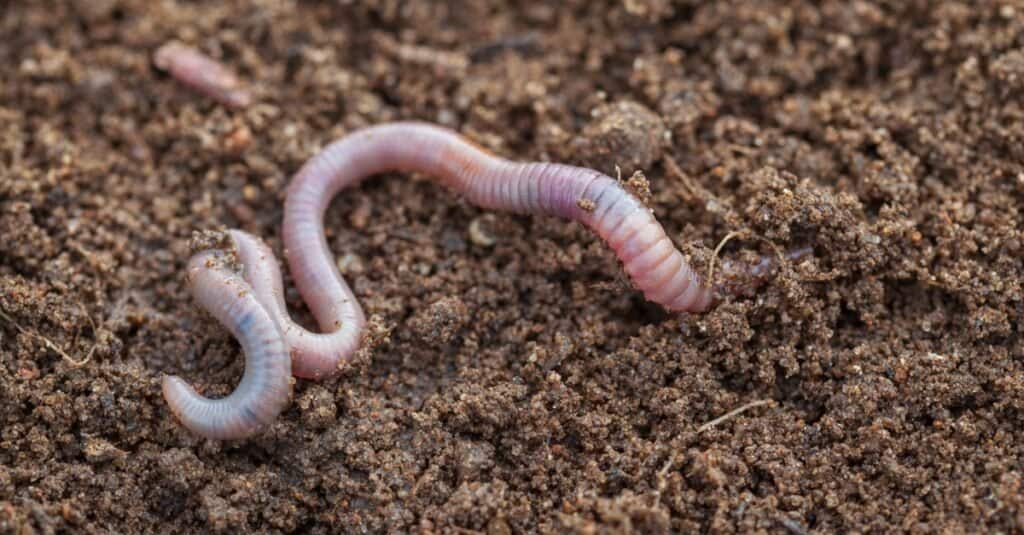
During the day, most worms stay in their burrows to protect themselves from predators. They use their sensitivity to vibrations to stay alive.
©Maryna Pleshkun/Shutterstock.com
Earthworms don’t have eyes or ears. So what behavior have they adapted in order to survive?
They can’t see or hear, but they are sensitive to vibrations. This is why they stay burrowed underground until nighttime. Earthworms are much more vulnerable to predators during the day, so they only come to the surface if they need to soak up the moisture from the morning dew.
9. Rabbits

Rabbits only live to be a few years old in the wild, so they need to be able to reproduce quickly to survive as a species!
As a small prey animal, rabbits need to be proactive about evading attacks from larger, stronger predators. They often freeze in place or hide to prevent detection.
Another behavioral adaptation of rabbits is their rapid reproduction rate. As relatively easy prey who only live a few years in the wild, being able to reproduce quickly keeps rabbits alive as a species. Luckily, one female rabbit can produce multiple litters a year containing 1-12 babies per litter!
10. Opossums

Playing dead is an involuntary response on the part of the opossum. The stress of the confrontation facing the opossum causes him to go into shock.
©iStock.com/ScrappinStacy
An animal’s behavioral adaptations occur in response to a threat that the species encounters over a period of time. In an opossum’s case, their adaptation to attacks from larger predators is the freeze response or “thanatosis” that slows their breathing. Playing dead as an instinct to survive! Predators will lose interest because the opossum isn’t triggering their instinct to kill, giving this clever animal time to get away.
11. Stink Bugs

The feature of a stink bug that keeps them alive is their ability to shoot a foul-smelling spray at predators.
©Jay Ondreicka/Shutterstock.com
Stink bugs are insects that, due to their small stature, need a unique way to survive. And they definitely do! Similar to skunks, stink bugs shoot foul-smelling spray at predators who come too close. This behavior also warns other stink bugs that danger is nearby. This adaptation has allowed these insects to thrive in the U.S. for over 20 years as an invasive pest.
12. Hissing Cockroach
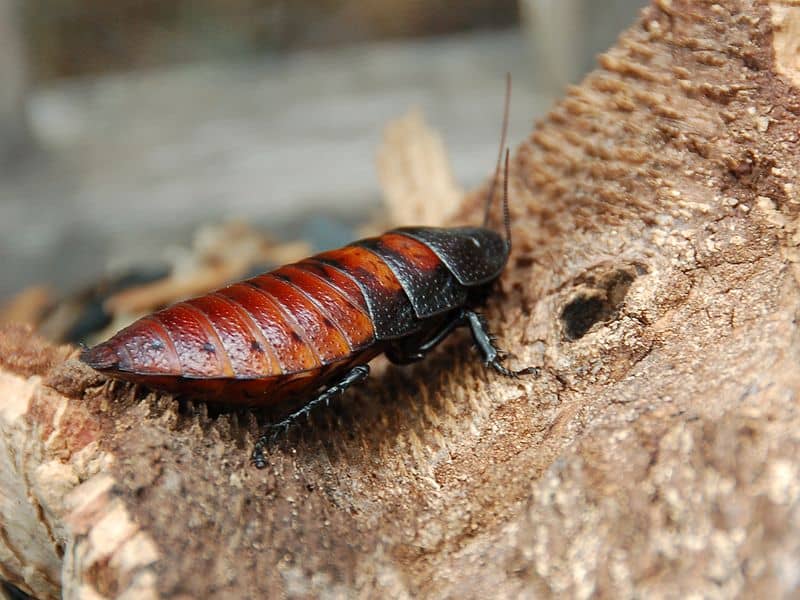
Hissing cockroaches use their “voice” as a defensive mechanism against predators.
©Almabes – Public Domain
An animal behavioral adaptation we have yet to discuss is communication. No, not like talking…
A hissing cockroach’s adaptation is in its name — it hisses at predators as a defensive mechanism due to its small size. The aim is to confuse or startle whatever is coming to get them so the cockroach can get away. This also communicates to predators that this small insect is not one to mess with.
Summary of 12 Animals With Behavioral Adaptations
| Animal | Behavioral Adaptation |
|---|---|
| Horse | Living in herds |
| Bear | Hibernating during winter |
| Monarch Butterfly | Migrating south in the fall |
| Penguin | Huddling together to stay warm |
| Bat | Being nocturnal |
| Whale | Altered feeding habits |
| Beaver | Tail-slapping |
| Earthworm | Sensitivity to vibrations |
| Rabbit | Rapid reproduction rate |
| Opossum | The freeze response |
| Stink Bug | Shooting spray |
| Hissing Cockroach | Making scary sounds |
The photo featured at the top of this post is © Wirestock Creators/Shutterstock.com
Thank you for reading! Have some feedback for us? Contact the AZ Animals editorial team.







